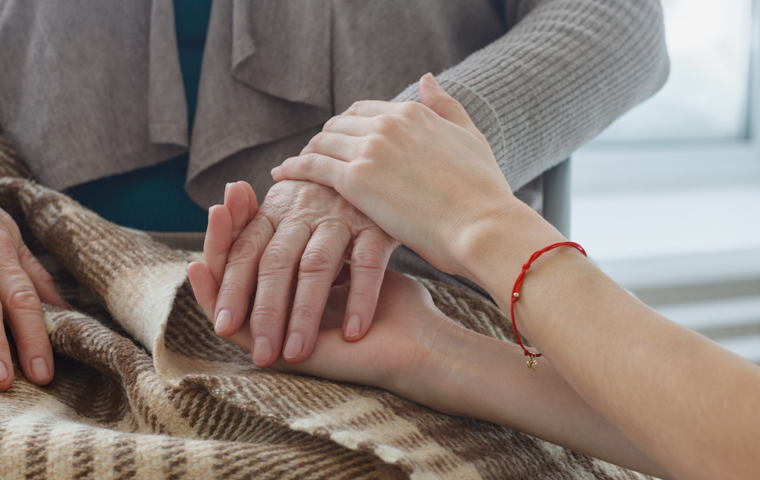Princess Aiko Visits Noto — A Legacy of Compassion and a New Pledge for the Future
Related Articles
A New Generation’s Compassion for a Stricken Land

On May 18, 2025, Princess Aiko, the daughter of Their Majesties the Emperor and Empress, arrived in Ishikawa Prefecture, one of the regions hardest hit by the Noto Peninsula Earthquake.
Crowds gathered at JR Kanazawa Station to greet her arrival, and cheers of “Aiko-sama!” echoed along the route. The enthusiasm—dubbed by the media as “Aiko-sama Fever”—spoke volumes about the public’s affection and expectations.
This marked Princess Aiko’s first visit to a disaster-affected area as both a working adult and a member of the Imperial Family.
The visit had been eight months in the making. Originally scheduled for September of the previous year, it was postponed due to torrential rains that caused further disasters. Yet, Princess Aiko remained steadfast in her wish to visit the affected region, and the trip was arranged at her own strong request.
Now working at the Japanese Red Cross Society, she used her precious weekend holiday to make the journey—a decision that reflected not mere duty, but a deep personal sense of mission.
Her first stop was the Manko Daini Temporary Housing Complex in Nanao City, which had suffered an intensity-6 quake.
Observing elderly residents participating in group exercises, Princess Aiko spoke to each one afterward—gently kneeling to meet those in wheelchairs at eye level.
“Was it difficult for you before you moved into the temporary housing?” she asked softly. “Please take good care of yourself. I sincerely hope that peaceful days will return soon.”
Her natural sincerity moved many to tears. One resident said, “She’s such a kind and wonderful person—it’s something I’ll remember for the rest of my life.” Another remarked, “Her gentle eyes said more than words ever could. I felt renewed strength.”
This first exchange symbolized the beginning of a new chapter—a new generation of the Imperial Family connecting heart-to-heart with disaster victims.
Inheriting the Spirit of “Sharing in the People’s Joys and Sorrows”
Princess Aiko’s decision to kneel before survivors was not spontaneous; it was a gesture deeply rooted in Imperial tradition, passed down through three generations—from the Emperor Emeritus and Empress Emerita, to Their Majesties the Emperor and Empress, and now to Princess Aiko herself.
At its core lies the philosophy that “the happiness of the people is paramount, and the Imperial Family must share both their joys and their hardships.”
At her 2022 coming-of-age press conference, Princess Aiko acknowledged that this principle forms “the foundation of the Imperial Family” and expressed her belief that “keeping one’s heart close to disaster victims” is one of the most vital ways to embody that spirit.
This style of empathy—the “Heisei approach”—originated when the then-Crown Prince and Princess (now Emperor Emeritus and Empress Emerita) visited Okushiri Island after the 1993 Hokkaido Nansei-Oki Earthquake. When images of them kneeling to speak with evacuees were broadcast, some criticized the act as “undermining authority.” Yet, Their Majesties remained unwavering in their compassion, and public sentiment gradually shifted to embrace it.
Their Majesties the current Emperor and Empress have naturally continued this tradition, visiting disaster zones such as those affected by the Great East Japan Earthquake and the Kumamoto Earthquake. They, too, have twice visited the hardest-hit areas of Wajima and Suzu following the Noto Peninsula Earthquake.
What was once seen as a break from convention has now become the norm—and in Princess Aiko’s generation, a natural expression of empathy.
Her gestures are not improvisations but the result of deep reflection on a long-standing philosophy—one that evolves with time while preserving the unchanging essence of compassion.
This is a testament to the adaptability and sincerity of the Imperial Family, whose commitment to standing with the people has remained constant through changing eras.
Professional Insight and Empathy as a Member of the Japanese Red Cross

A key aspect that distinguished this visit was that Princess Aiko came not only as a royal figure but also as an employee of the Japanese Red Cross Society.
Her professional background lent a unique depth to her interactions, bridging symbolic compassion with practical understanding.
Currently serving as a contract employee in the Youth and Volunteer Division at Red Cross headquarters, she helps edit the organization’s volunteer magazine and promotes community activities.
Her employment also carries personal meaning: the Japanese Red Cross has long been connected to the Imperial Family, with Empress Masako serving as its Honorary President. Princess Aiko’s role reflects her wish to apply this legacy in a hands-on, socially engaged way.
Her professional insight shone through during a discussion with student volunteers from Kanazawa University. Listening intently as they spoke about debris removal and psychological care for survivors, she asked detailed questions:
“How do you separate and manage disaster waste?” — a query reflecting an awareness of logistical challenges rather than polite curiosity.
She continued, “In my work, I’m involved with volunteer programs—what kind of systems would make it easier for people to participate?”
This question, closely tied to her own responsibilities, impressed the students. “Her questions were so thoughtful and practical,” one said. “She really understands how volunteer efforts are organized.”
This approach represents an emerging model of imperial engagement—one that combines heartfelt empathy with practical, evidence-based compassion.
When a student mentioned their motivation to “help the people of the disaster area,” Princess Aiko replied,
“If there are people like you in the world, then the world will surely be at peace.”
Her words seamlessly connected the local act of service to a broader vision of global peace, embodying a coherent and deeply human worldview.
Memories, Promises, and the Words “I Will Come Again”
On the second day of her visit, Princess Aiko traveled to Shika Town, where she toured the roadside station Togi Umi Kaidō and met with shop owners who had reopened their businesses in temporary facilities.
“How do you take customers’ needs into account while running your store?” she asked. “What kind of people visit most often?” Her questions reflected a genuine concern for economic recovery and community revitalization.
In Nanao City, she also viewed the “Dekayama” float of the Seihakusai Festival, held for the first time in two years since the earthquake.
“This festival must lift people’s spirits,” she remarked. “Festivals are wonderful opportunities for communities to gather again.” Her comments showed a nuanced understanding of how culture and tradition help heal communities after disaster.
At the end of her two-day visit—after meeting survivors, business owners, and volunteers—Princess Aiko made a rare and heartfelt pledge.
As she departed Shika Town, she told the mayor:
“I would like to continue watching over the town’s recovery and reconstruction.”
Then she added words almost never spoken by a member of the Imperial Family:
“I will come again.”
The phrase “I will come again” carries profound significance. Traditionally, members of the Imperial Family avoid promising future visits, as every such promise must be fulfilled—a commitment regarded as a “sacred pledge.”
Princess Aiko’s choice of words, therefore, was a deliberate declaration: that her engagement with Noto would not end with this visit, but continue as a sustained relationship of empathy and solidarity.
It was a statement of intent—not just to witness recovery, but to walk alongside it.
Her words illuminated a path for a new image of the Imperial Family—one that not only comforts but actively accompanies the people through their trials.
In that simple yet powerful promise, “I will come again,” Princess Aiko lit a beacon of hope in the hearts of Noto’s residents.
The compassion and resolve she demonstrated will surely blossom further—both in Japan and beyond—as she continues her journey as a representative of empathy, responsibility, and peace for a new era.



